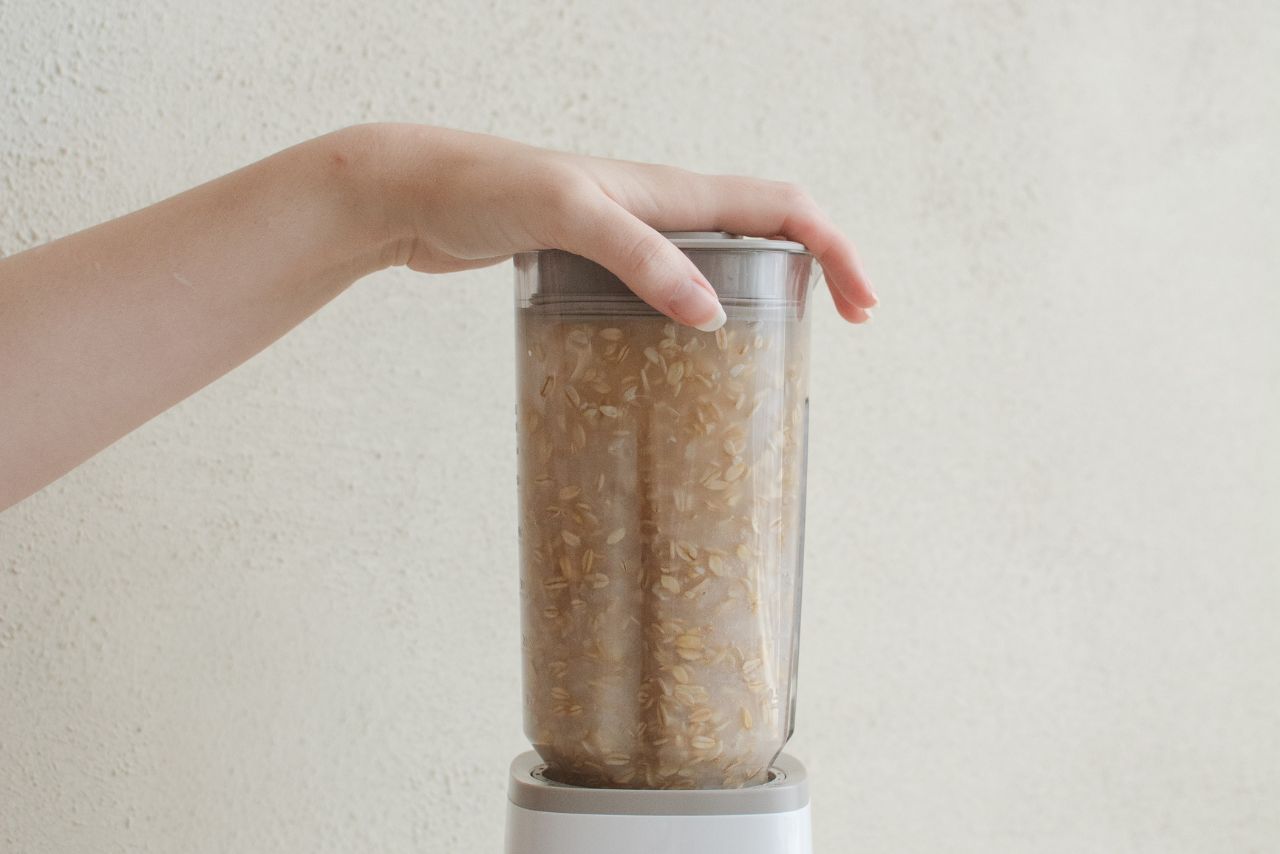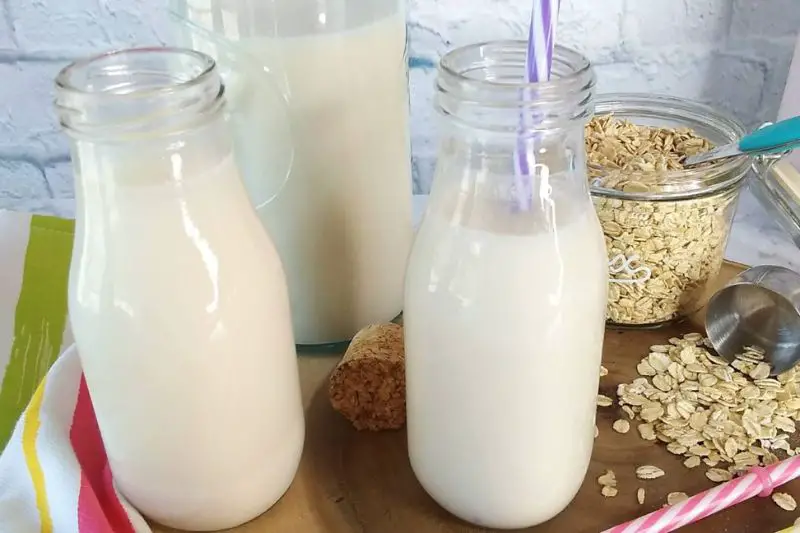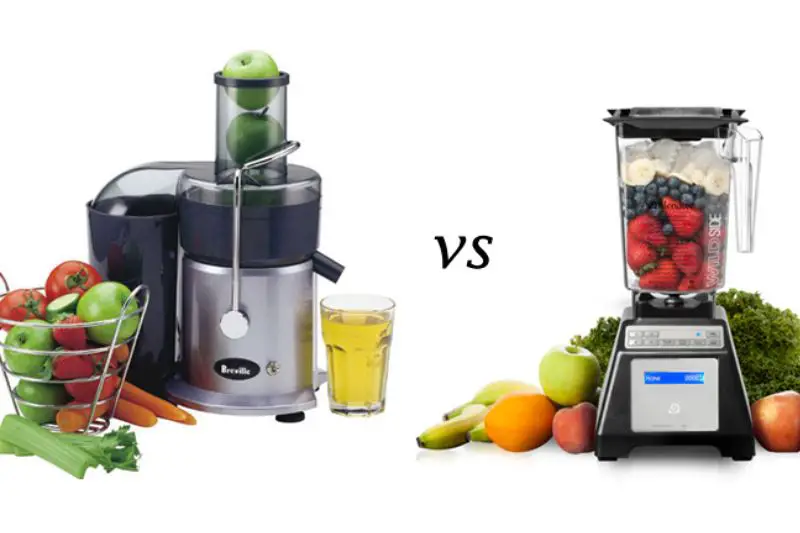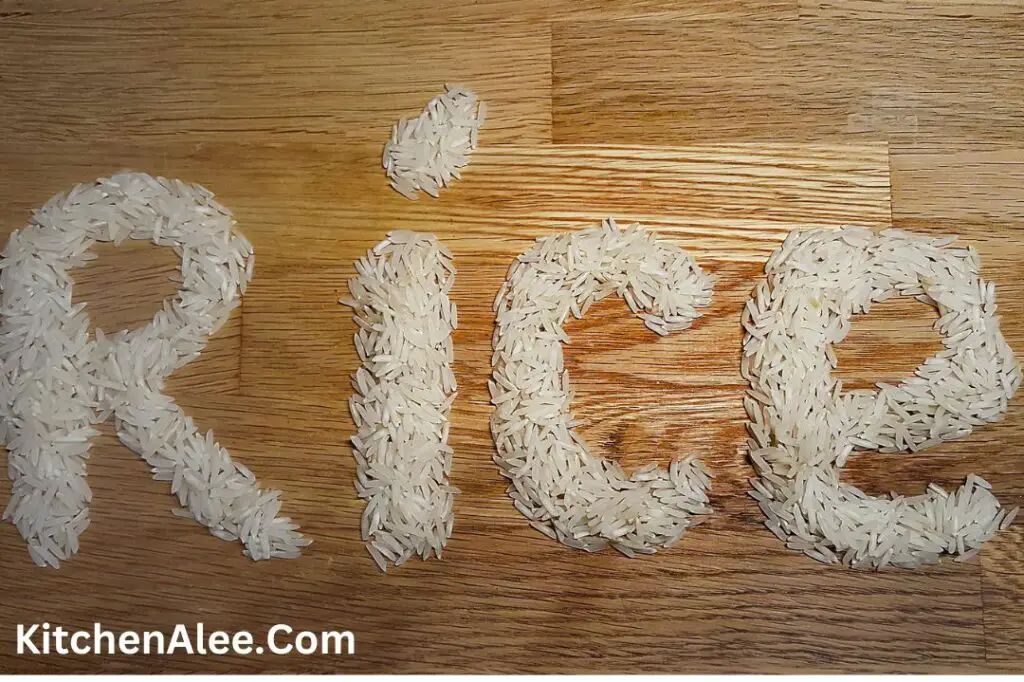Does Blending Destroy Vitamins? The simple answer is no. When it comes to blending fruits, you can rest assured that the process does not strip away essential nutrients or fibers.
Blending actually helps to retain these valuable components, making it a great way to incorporate vitamins into your diet. So, if you’re wondering whether blending destroys vitamins, worry not!
Blending fruits and vegetables does not destroy vitamins. In fact, it can actually help to increase the bioavailability of some vitamins and minerals. This is because blending breaks down the cell walls of fruits and vegetables.
In this article we will discuss the potential effects of blending on vitamins, as well as some tips for blending fruits and vegetables to preserve nutrients.
Let’s delve deeper into why blending is a beneficial method for maintaining the nutritional value of your favorite fruits.
Does Blending Destroy Vitamins?
No, blending does not destroy vitamins. In fact, it can actually help to increase the bioavailability of some vitamins and minerals.
This is because blending breaks down the food particles into smaller pieces, which makes it easier for the body to absorb the nutrients.
It is important to note that blending can also destroy some nutrients, such as vitamin C. This is because vitamin C is sensitive to heat and light. So, if you are blending fruits or vegetables that are high in vitamin C, it is important to do so quickly and to avoid using high heat.
Here are some tips for blending fruits and vegetables to preserve nutrients:
How Does Blending Affect Vitamins?
Blending and Vitamin Retention
Blending fruits is a popular method to create delicious and nutritious beverages. Many people wonder if blending destroys vitamins in the process. Let’s explore the impact of blending on vitamin retention:
Preservation of Nutrients: Blending does not destroy nutrients, including vitamins. In fact, it can help release them from the cell walls of fruits, making them more available for absorption by our bodies.
Minimizing Exposure to Oxygen: One concern with blending is the potential exposure to oxygen during the process, which might lead to nutrient loss due to oxidation. However, this effect is minimal as blending happens quickly and efficiently.
Temperature Control: Another factor that affects vitamin retention is temperature. High-speed blenders may generate heat during operation, but it typically doesn’t reach levels high enough to cause significant nutrient degradation.
Water-Soluble Vitamins: While some water-soluble vitamins like vitamin C are sensitive to heat and air exposure over time, their degradation through blending is negligible since it occurs rapidly without prolonged heating or excessive contact with air.
Fiber Preservation: Blending retains fiber content in fruits since it incorporates all parts of the fruit into your drink pulp included! This means you’ll still benefit from dietary fiber even after you’ve blended your favorite fruits.
Blending Fruits and Vegetables Can Affect Vitamin Retention in A Few Ways.
Preserving Nutrients in Blended Fruits
When it comes to blending fruits, one concern that often arises is whether the process destroys essential nutrients. Fortunately, blending does not significantly diminish the nutritional value of fruits.
In fact, it can actually help make those nutrients more accessible to our bodies.
Here are some key points to consider when it comes to preserving nutrients in blended fruits:
Blending is an excellent way to preserve essential nutrients found in fruits while also enjoying their delicious flavors in a convenient form such as smoothies or purees.
Myths about Blending and Vitamin Destruction
Blending fruits is a popular way to enjoy a nutritious beverage, but there are some misconceptions floating around regarding the destruction of vitamins during the blending process. Let’s debunk these myths and uncover the truth:
- Truth: Contrary to popular belief, blending does not destroy vitamins. While heat can lead to nutrient loss in certain cooking methods, blending relies on mechanical action rather than high temperatures.
- Truth: Blending does break down fibers, making them easier for our bodies to digest and absorb. However, this doesn’t mean that other nutrients suffer the same fate. Vitamins in fruits remain largely intact after blending.
- Truth: It’s true that exposure to oxygen can cause oxidation and potentially reduce vitamin levels over time. However, when you consume your blended drink immediately after preparation or store it properly using airtight containers or vacuum sealing techniques, any potential loss in vitamin content due to oxidation is minimal.
- Truth: While fresh produce certainly has its merits in terms of taste and texture, frozen fruits also retain their nutritional value quite well when blended. Freezing preserves important vitamins and minerals present in fruits at their peak ripeness.
- Truth: The duration of blending doesn’t significantly impact vitamin retention as long as you don’t subject your ingredients to excessive heat generated by prolonged operation or friction.
Benefits of Including Blended Fruits in Your Diet
Including blended fruits in your diet can offer numerous benefits. Here are some reasons why you should consider incorporating them into your daily routine:
Increased nutrient absorption: Blending fruits helps break down the cell walls, making it easier for your body to absorb essential vitamins, minerals, and antioxidants present in the fruit.
Improved digestion: Blended fruits contain high amounts of dietary fiber that promote healthy digestion and prevent constipation. The blending process ensures that the fiber is retained, aiding in maintaining a healthy digestive system.
Enhanced hydration: Blending fruits with their natural juices creates delicious smoothies packed with hydrating properties. These refreshing beverages can help quench your thirst while providing essential nutrients at the same time.
Weight management support: Replacing sugary snacks or processed foods with blended fruit options can be an effective strategy for weight management. Blended fruits are generally low in calories but rich in vitamins and minerals, offering a satisfying alternative to unhealthy choices.
Energy boost: The natural sugars found in blended fruits provide a quick energy source without causing sudden spikes and crashes like refined sugars do. This sustained release of energy can help keep you energized throughout the day.
Watch Video: Does Blending Destroy Vitamins?
Conclusion: Does Blending Destroy Vitamins?
The process of blending fruits does not result in the destruction of fibers or nutrients. Blending is a convenient and efficient way to incorporate fruits into our diet while preserving their nutritional value.
Blending retains the natural fibers present in fruits, which aids digestion and promotes overall gut health.
By breaking down the cell walls of fruits, blending actually enhances our body’s ability to absorb essential nutrients such as vitamins and minerals. This allows us to fully benefit from the nutrient-rich goodness that fruits offer.
FAQs
Does Blending Destroy Vitamins?
Not necessarily. In fact, blending can actually help to increase the bioavailability of some vitamins and minerals.
This is because blending breaks down the food particles into smaller pieces, which makes it easier for the body to absorb the nutrients. However, blending can also destroy some nutrients, such as vitamin C.
This is because vitamin C is sensitive to heat and light. So, if you are blending fruits or vegetables that are high in vitamin C, it is important to do so quickly and to avoid using high heat.
Which Vitamins Are Most Affected by Blending?
The vitamins that are most affected by blending are vitamin C, vitamin B12, and folate. Vitamin C is sensitive to heat and light, so it can be destroyed if it is blended for too long or at too high of a temperature. Vitamin B12 is also sensitive to heat, but it is also found in animal products, so it is less likely to be destroyed by blending if you are blending fruits and vegetables. Folate is a water-soluble vitamin, so it can leach out of food if it is blended for too long or with too much liquid.
How Can I Prevent Vitamins from Being Destroyed by Blending?
There are a few things you can do to prevent vitamins from being destroyed by blending:
Use a blender that has a sharp blade. This will help to break down the food particles more evenly and prevent them from being overheated.
Blend the fruits and vegetables for a short period of time. Over-blending can destroy nutrients.
Add a small amount of water or vegetable broth to the blender. This will help to prevent the food from becoming too dry and will also help to distribute the nutrients more evenly.
Serve the blended fruits and vegetables immediately. This will help to preserve the nutrients.
Choose fruits and vegetables that are high in nutrients. Some good choices include berries, broccoli, carrots, kale, spinach, sweet potatoes, and tomatoes.
What Are the Benefits of Blending Fruits and Vegetables?
Blending fruits and vegetables can offer a number of benefits, including:
Increased nutrient absorption
Improved digestion
Increased energy levels
Weight loss
Improved skin health
Reduced risk of chronic diseases
What Are the Drawbacks of Blending Fruits and Vegetables?
Blending fruits and vegetables can also have some drawbacks, including:
Loss of fiber
Increased sugar content
Decreased satiety
Increased calorie intake






Leave a Reply